Monosodium glutamate (MSG) is pure umami, adding a delicious depth of flavor to home-cooked dishes. This All-Purpose MSG Seasoning recipe is a great way to use MSG as a flavor enhancer for familiar dishes and family favorites. This is what we love to use in our kitchen and I’m excited to share it with you!
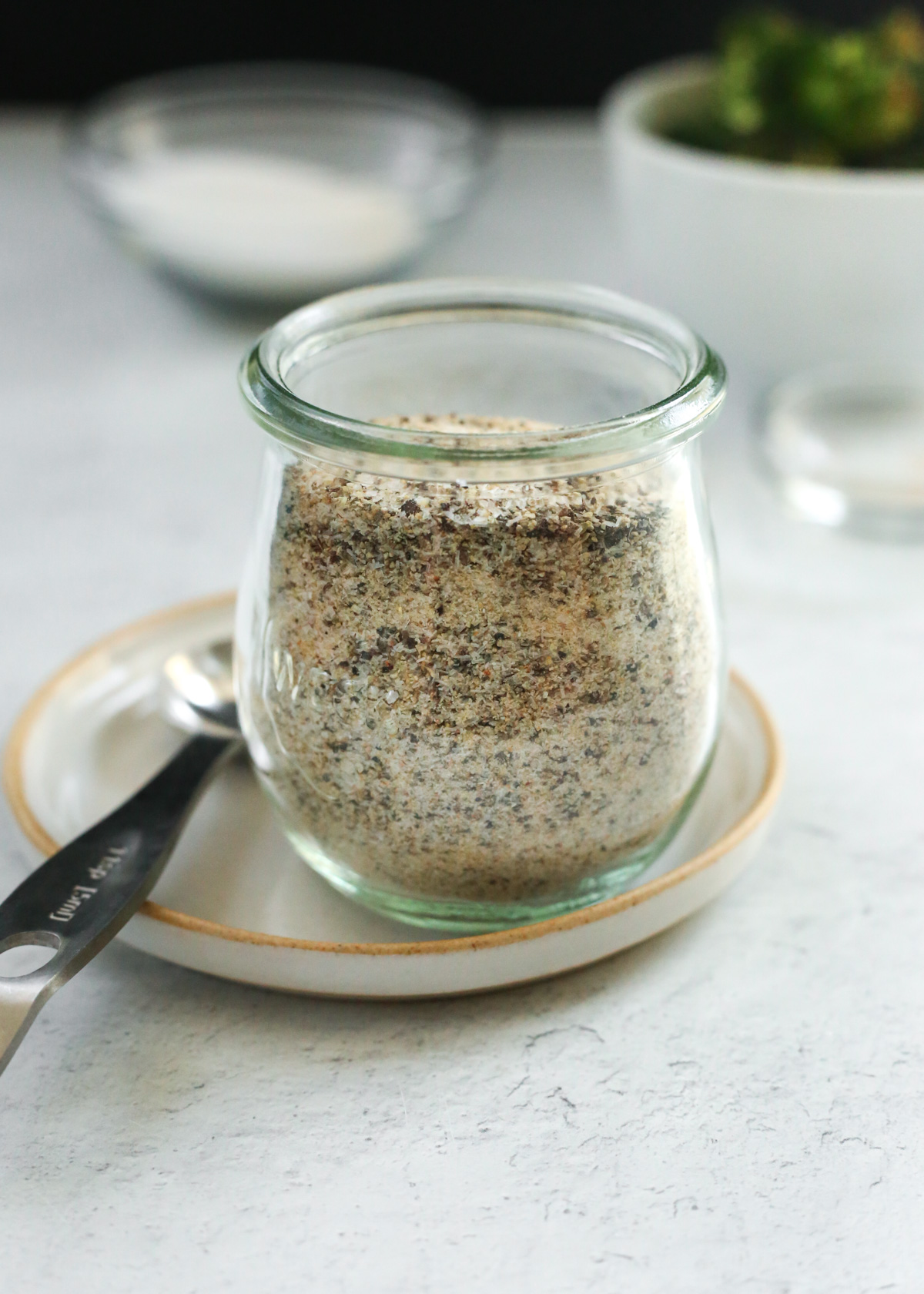
If you’ve been following me for any length of time, you already know I am the No. 1 fan of MSG. AKA, monosodium glutamate, or the little white crystals that light up your taste buds and add that lil’ something magical to a savory dish.
But imagine my surprise when I was archiving some old content for this blog and realized I’ve never shared an official “recipe” for our all-purpose MSG seasoning. How can that be! I cook with it almost daily and it shows up in my recipes and social media posts all the time.
Want to learn more? Read my post about Cooking with MSG to get three simple ways to start using it to enhance flavor and reduce sodium in home cooked recipes.
So here it is, a long overdue recipe and guide to making an all-purpose MSG seasoning for home cooking. Let’s get started with some basic info about one of my favorite seasonings!
What is MSG?
Monosodium glutamate, or MSG, is simply one sodium molecule attached to the amino acid glutamate. The sodium is sodium chloride, the same type of sodium salt you find in regular salt. In more chemistry-related terms, it’s the sodium salt of glutamic acid.
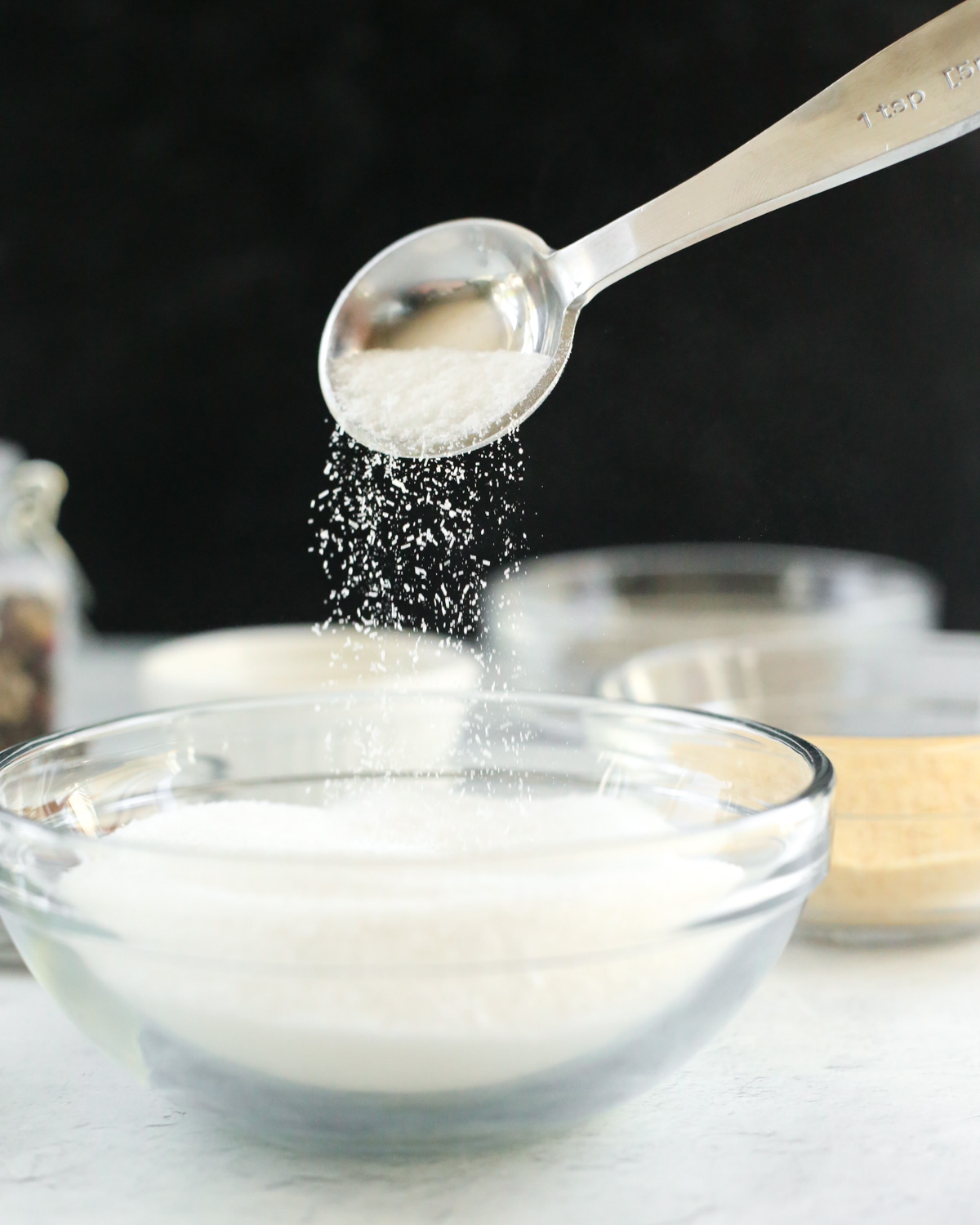
It was originally discovered by Kikunae Ikeda, a Japanese chemist, in 1908, and today is fermented from sugar beets or sugar cane. It has 2/3 less sodium than table salt, so it’s an easy way to still enjoy great flavor in food even if you’re watching your sodium intake. It’s also one of the most common food additives. It gives Doritos their signature flavor that so many people know and love.
MSG is a very common ingredient in Asian cuisines, but the history of MSG in the United States has an undeserved bad rap. In the 1960s, a letter to the editor of the New England Journal of Medicine reported vague symptoms after eating at a Chinese restaurant. Despite no scientific evidence to support the claims, many people believed eating Chinese food with MSG would lead to worrisome side effects. “Chinese restaurant syndrome” isn’t a thing, and this persistent myth is xenophobic and harmful to Asian communities.
MSG is not a big, scary, toxic chemical. Just a combination of two extremely common molecules from the natural world.
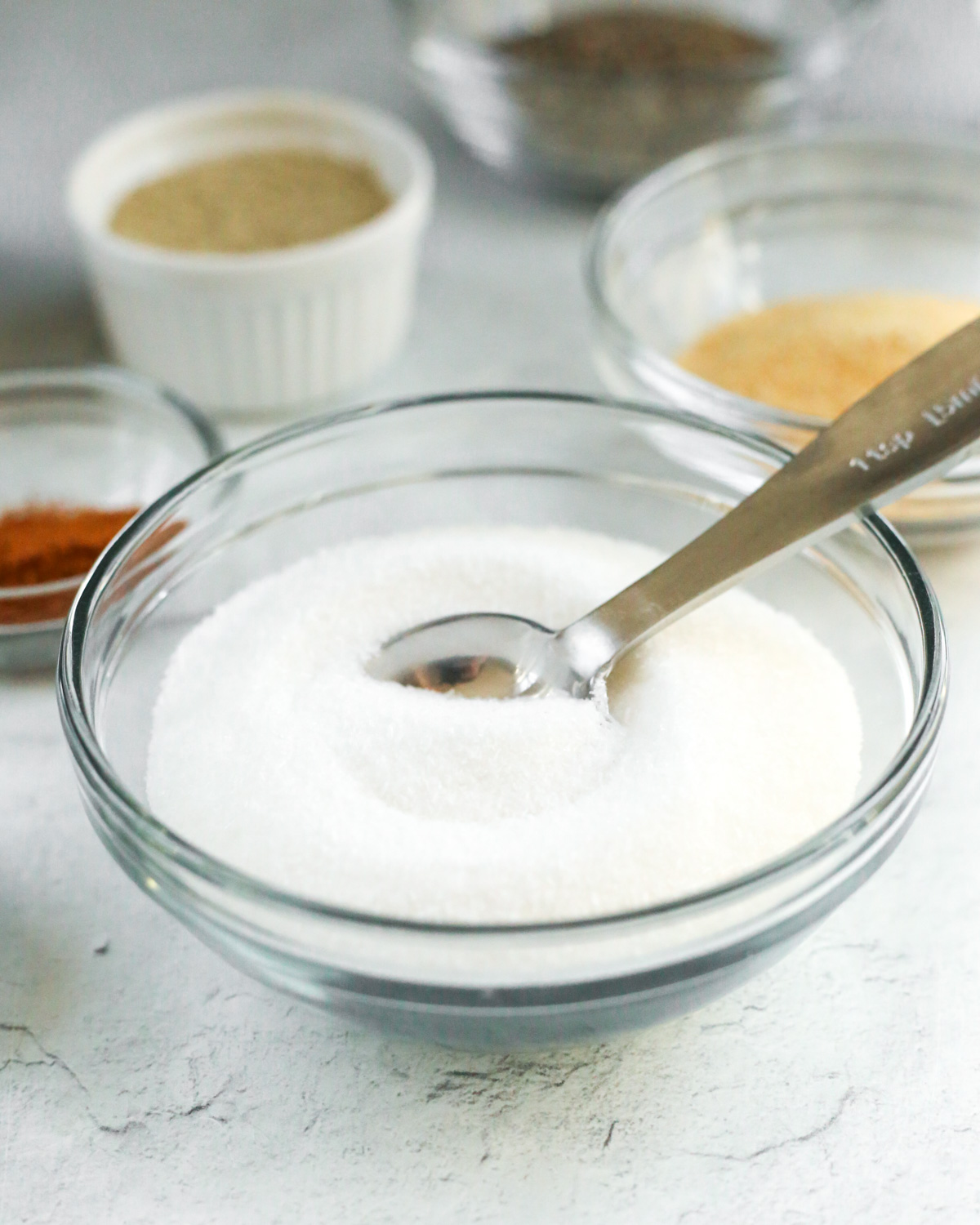
Natural Sources of MSG
There are many foods and ingredients that naturally contain MSG. Here is a short list that may include foods you commonly eat:
- Tomatoes, tomato paste, and other tomato-based products
- Mushrooms, especially dried shiitake mushrooms
- Parmesan cheese
- Anchovies
- Oysters
- Egg yolks
- Walnuts
- Soy sauce
- Miso
- Fish sauce
- Breast milk
Not only are there naturally occurring sources of glutamine, glutamate, and monosodium glutamate, but our bodies can also produce their own glutamate. Glutamine is a precursor to glutamate, which can be formed through a specific chemical reaction. This is why glutamate is not considered an essential amino acid, since our bodes are capable of producing it on their own.
Is MSG Safe to Cook With?
The short answer: yes!
The longer answer: yes, because it’s extremely unlikely that you’ll ever add an amount of MSG that could threaten your health or well-being.
MSG is self-limiting, meaning there is a point of diminishing returns. A small amount of MSG will enhance flavor. But “too much” MSG can ruin flavors. If something starts to taste unappetizing because so much MSG has been added to it, you most likely will not voluntarily eat it. The Food & Drug Administration (FDA) lists MSG as “generally recognized as safe” when added to food.
We can also look to some of the most umami-loving cuisines from around the world. Even estimates for so-called “heavy consumers” of MSG in countries like Taiwan, Japan, and South Korea are only getting about 1.1-3.0 grams of MSG per day. That may be 2-3x higher than what the average American eats through food. But it’s well below any of the experimental levels used in studies that found adverse effects in rodents.
Street Smart Nutrition Tip: Remember that we can’t extrapolate results from rodent studies to human. However, no high-quality trials performed in humans have provided sufficient evidence to suggest MSG is harmful or dangerous at levels typically consumed.
If you’re curious to learn more about the science of MSG, I recommend KnowMSG. This is a website put together by Ajinomoto, a company who makes MSG. It’s been a valuable resource for me to get to know MSG even better, and they often provide research updates about the safety of MSG.
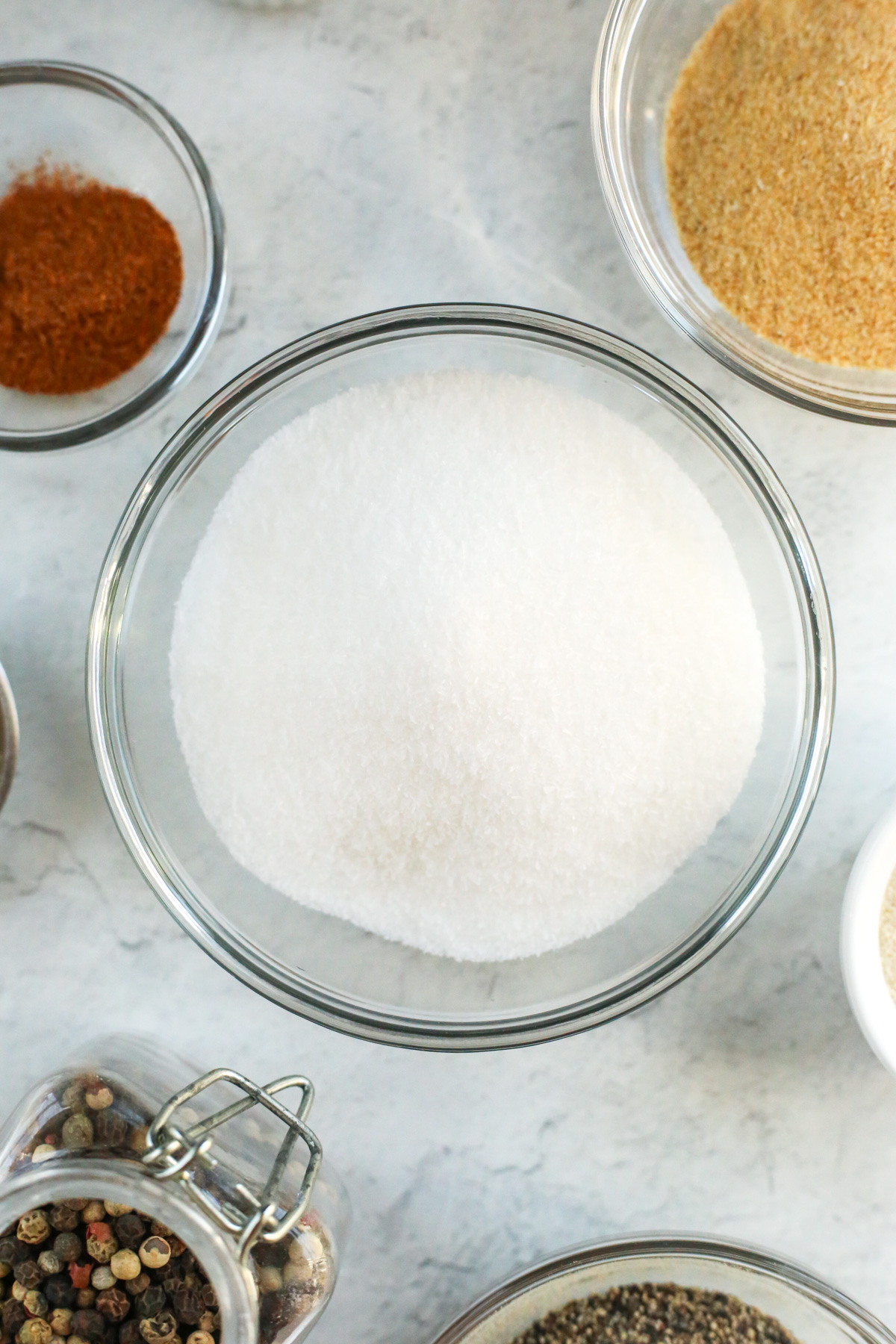
What Does MSG Taste Like?
MSG is a pure umami taste. Think of umami as a savory flavor. It’s one of the five basic tastes along with sweet, salty, bitter, and sour flavors.
It’s actually somewhat difficult to pinpoint the exact flavor of MSG. That’s because it’s a flavor enhancer, and rarely eaten on its own. It can draw out subtle flavors in your recipes or intensify the already-present umami flavors. And as you’ll see with this all-purpose MSG seasoning, it plays nicely with other common seasonings you probably already have in your pantry.
How to Make An All-Purpose MSG Seasoning
It couldn’t be simpler to make your own MSG seasoning at home! The hardest part is just tracking down some MSG, as it may or may not be sold in your regular grocery store. I share some tips for where to buy MSG below.
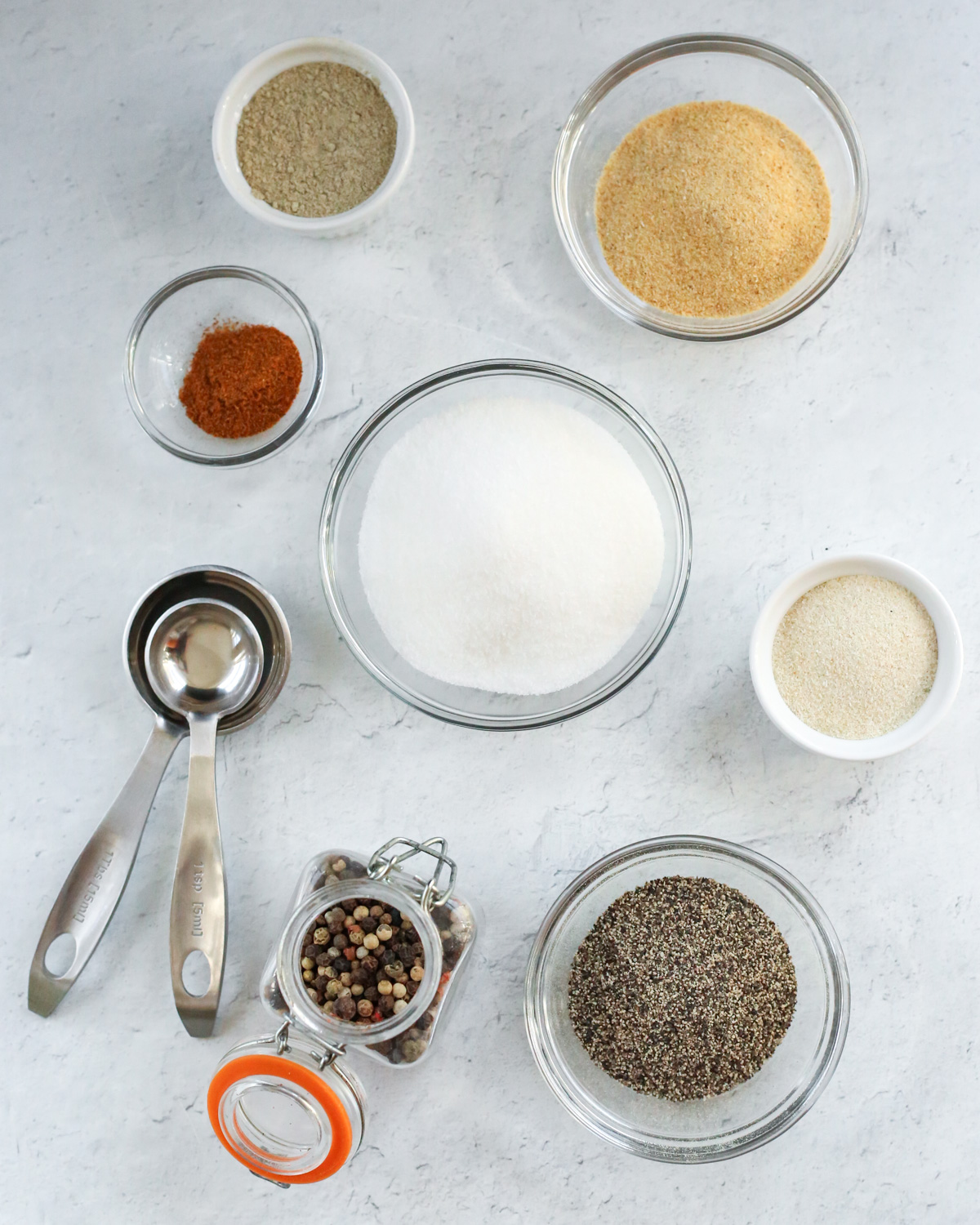
Ingredients You’ll Need
There’s truly no right or wrong way to make an all-purpose MSG seasoning. It’s your kitchen, and you know your taste preferences better than anyone else. But this spice blend is a reliable, versatile, and forgiving seasoning blend that pairs well with most savory dishes we cook. Here’s what’s in it:
- MSG, of course! This is the highest ratio by volume compared to the other spices and seasonings.
- Garlic powder
- Onion powder
- White and black pepper. You can use one or the other depending on what you prefer, but I’m more partial to the flavor of white pepper. Try to avoid a coarse grind as the larger pieces won’t mix as easily as a finer grind.
- Cayenne pepper. This is the lowest ratio by volume since we usually add spice (heat) in other ways.
Street Smart Nutrition Tip: Although there is no added salt, this MSG seasoning is not sodium-free. That’s because even though MSG has significantly less sodium than plain salt, it does still contribute some sodium. It’s important to be aware of this if you’re sticking to a sodium-restricted diet.
To make this all-purpose MSG seasoning, simply measure all ingredients and add them to a small jar. Use a fork or small whisk to stir them together. Or, if it has a lid, place that on top and give it a good shake. The pepper will most likely drift to the top, especially if it’s a coarser grind. But when you’re ready to cook, just grab a pinch to sprinkle over your food for a little MSG flavor in every bite!
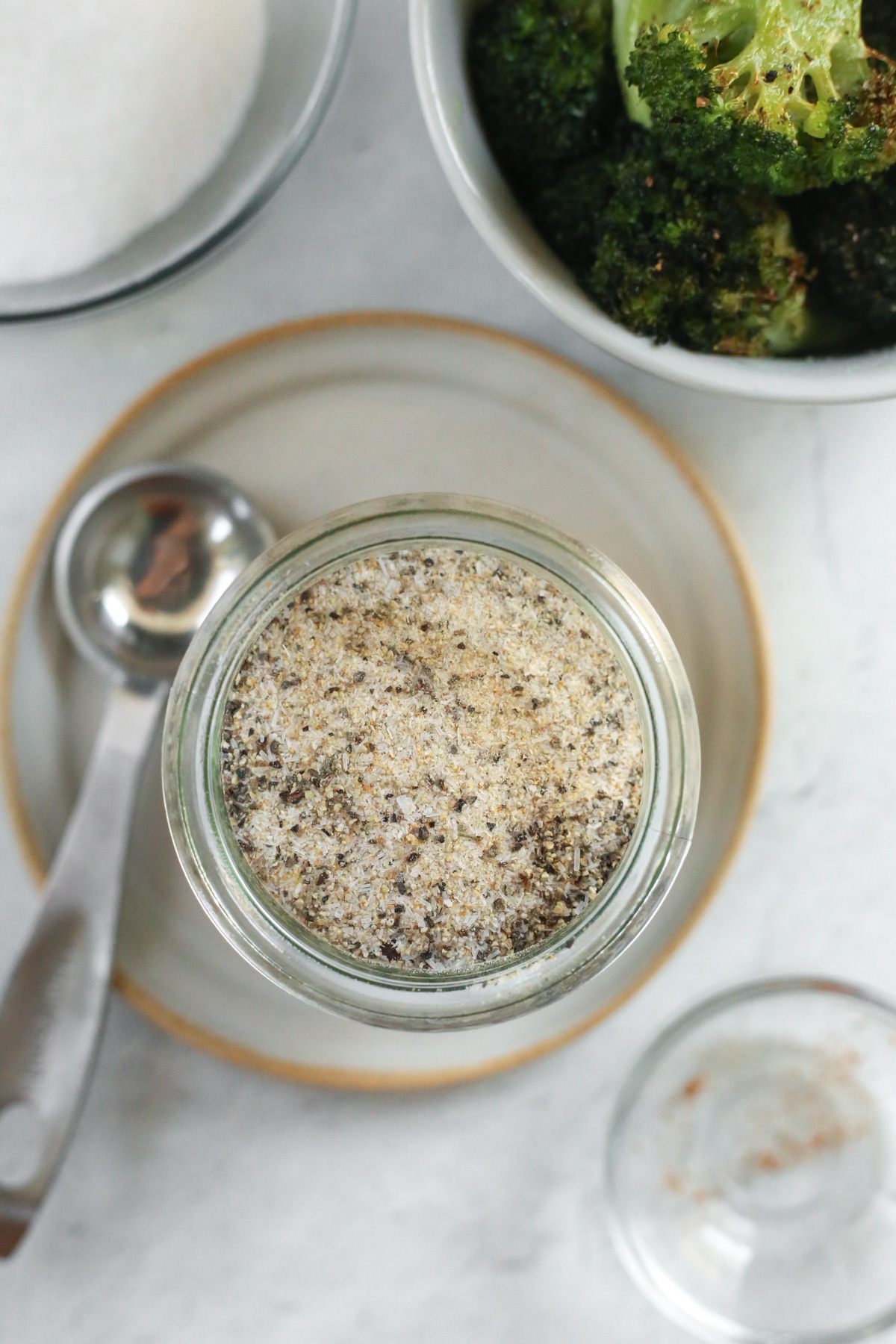
Where to Buy MSG
I’ve been encouraged by seeing MSG in more places lately. Perhaps the fear and stigma is finally wearing off! Here are my top tips for shopping for MSG:
- Check your local grocery store. You may find MSG under the brand name “Accent Seasoning” which is what I found in my local HyVee.
- If it’s not available, try an Asian grocery store or Asian market. It’s most often found here as Ajinomoto brand, usually in a clear plastic bag with red lettering. And it’s usually less expensive here, too, with a one-pound bag of MSG costing just a few dollars.
- Online shopping is also an option. It can be a more convenient way to find MSG instead of driving all over town to look for it in stores. Here’s an affiliate link you can use if you want a little panda shaker of your own: Ajinomoto Ajipanda Bottle (70g).
Cooking Inspiration for Umami-Rich Recipes
There’s an endless number of ways to use this MSG seasoning to enrich and enhance the flavor of your food! Here are a few suggestions to get your culinary creativity flowing:
- Season chicken, pork, beef, steaks, or seafood before grilling or roasting
- Sprinkle onto eggs or over mixed dishes just before serving
- For a plant-based option, add umami flavor to your sautéed, roasted, or grilled vegetables. Add before or during the cooking process, or after cooking and adjust according to your tastes
- If making soup or stew, add during cooking or adjust according “to taste” once finished
- Sprinkle a pinch of MSG over avocado toast, roasted potatoes, or French fries
- Add some MSG seasoning to homemade salad dressings or vinaigrettes
You can also learn more in my post about Cooking with MSG. And be sure to save this post for easy reference to this All-Purpose MSG Seasoning recipe!

All-Purpose MSG Seasoning
Equipment
- small jar or container with lid
- Measuring Spoons
Ingredients
- 1/2 cup MSG (monosodium glutamate)
- 2 tbsp garlic powder
- 2 tbsp onion powder
- 1 tbsp black pepper, finely ground
- 1/2 tbsp white pepper, finely ground
- 2 tsp ground cayenne pepper
Instructions
- Measure all ingredients and add them to a small jar or container with a tight sealing lid. Cover with the lid and shake to combine.
- Store in a cool, dry space such as a spice cabinet, drawer, or pantry. Use to season any savory dish or recipe as an all-purpose seasoning blend.
Notes
Nutrition
I’m so excited for you to open a whole new world of umami flavor with this All-Purpose MSG Seasoning. I’d love to hear what you think, so please leave a rating or comment to share your thoughts. Plus, you can share this post with anyone who is curious about how to cook with MSG!
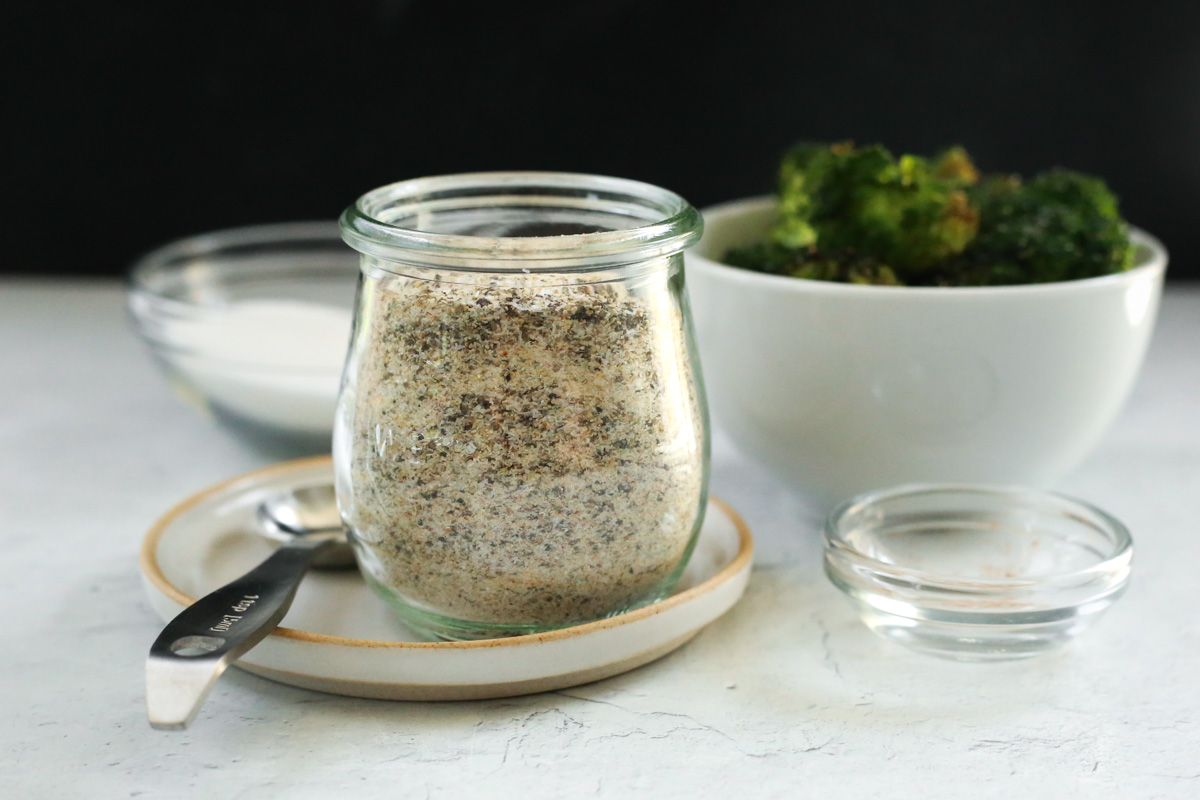
And as always, thanks for stopping by the Street Smart Nutrition blog. You can find more and follow along on Instagram and YouTube (plus all the other social media platforms), and don’t forget to sign up for my newsletter so you never miss a new post.
Cheers to more fearlessly nourishing (and great tasting) meals!


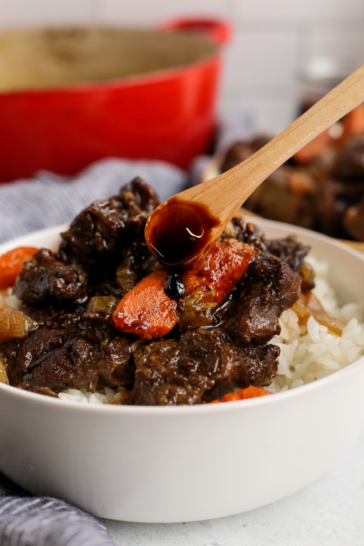
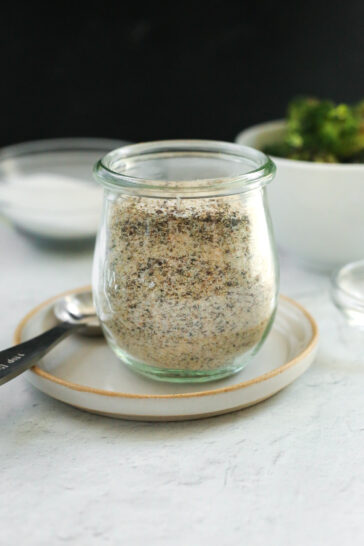
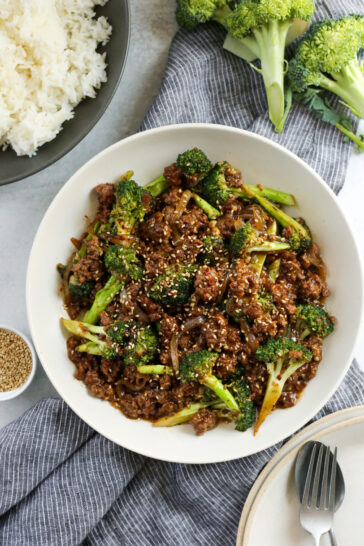

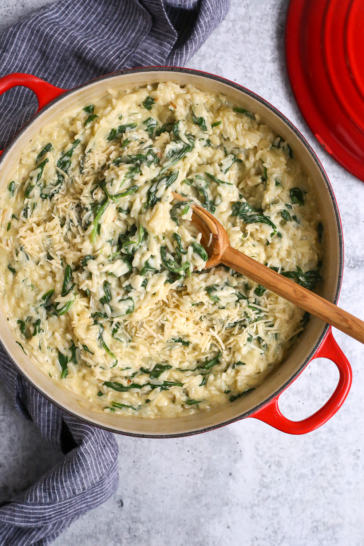







Questions & Reviews
I used this in soups especially when I make clear broths and it brings SO much good flavors!
This was fantastic! I am so glad I discovered this. It will be a great addition to so many recipes.
In our house, we refer to this as Jett’s Blend
U are absolutely wrong. MSG DOES & can u sick. I get violently sick from it.
Hi Sharrona, if you don’t feel well after eating MSG there’s no reason you have to. There are plenty of other ways to season your food with herbs, spices, salt, sauces, or other seasonings (although there are many naturally occurring sources you may need to avoid as well).
I love your graceful reply to this comment. I mixed up this seasoning to ship to my other half, I knew it would make their shelf meals so much better with a little extra flavor from home.
I agree so much. Foods naturally contain msg. If you think it makes you sick, keep in mind you wouldn’t be able to eat fish, chicken, many cheeses, mushrooms, tomatoes, grapes, walnuts, broccoli, peas… The list goes on amd on!
But large doses could upset a person’s tummy. It’s recommended to use in moderation.
Thanks for your comment, Jason, I totally agree! No need to use excessive amounts (it’s not going to taste any better!)